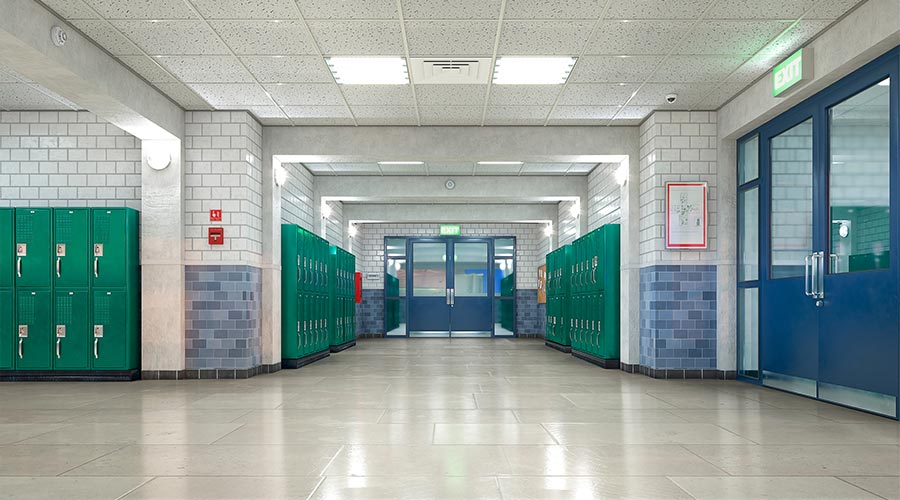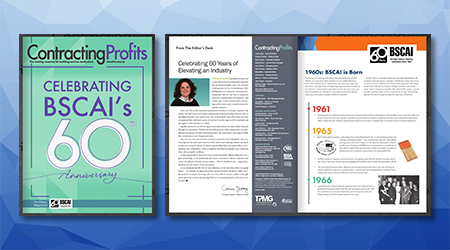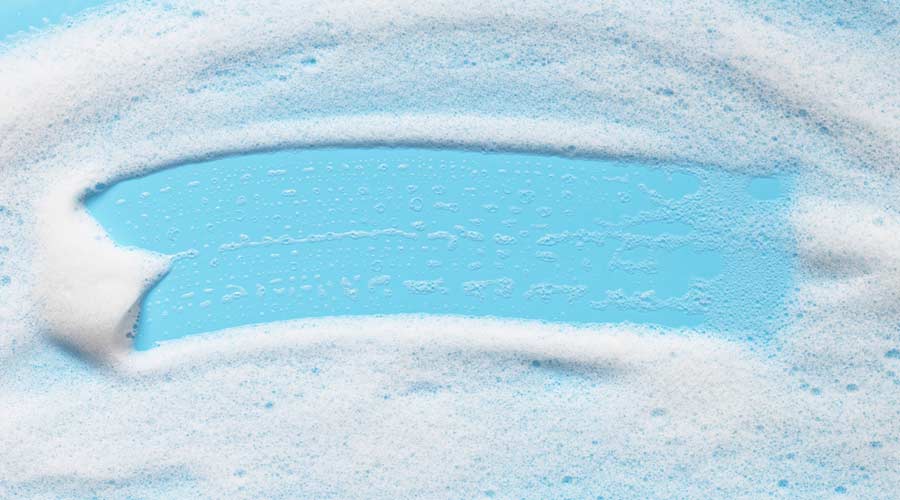
Contributed By Kirsten Hochberg
As the new school year kicks off, there is more at stake for schools than just getting the kids back in their seats. Back-to-school season is a critical time for student attendance and, in many districts, funding. Student attendance isn’t just an educational concern, but a financial one.
Public schools across the U.S. are dealing with strained budgets resulting from state tax cuts, the expiration of COVID-19 emergency federal funding, higher costs and, for some, increasing student absences. About 45 percent of school district budgets come from the state they reside in, and 70 percent of states allocate funding based on the number of students enrolled. Some states go a step further and allocate funds based on student attendance. This means that when students miss school days, it can cost their school district money.
Meanwhile, chronic absenteeism, which is when students miss at least 10 percent of their school year, has doubled in K-12 schools in recent years. In fact, nearly 30 percent of students were chronically absent in the 2022-2023 school year. All of which contributes to the $10.7 billion lost each year by U.S. schools due to student absenteeism.
But we also know that when budgets are tight, schools tend to cut back on custodial departments and cleaning. However, we have data and resources highlighting the costs to schools when they pull back on cleaning, and why they should consider keeping their custodial department fully funded.
Improve Enrollment and Teacher Retention with Cleaner Spaces
For one, prioritizing hygiene and sanitation leads to a healthier environment that’s more appealing to parents when choosing the best school for their children. A well-kept school suggests a commitment to quality education and is conducive to student focus and concentration, which may lead to higher academic performance.
Teachers are also more likely to choose schools that prioritize cleanliness. According to a recent survey, 80 percent of teachers agree that school facility conditions were important for teaching quality.
Clean Environments Keep Kids in School and Improve Learning and School Funding
By maintaining a clean and safe environment within schools, you can also help combat absenteeism through decreased illness-related absences and improved educational experience. In fact, some school districts have seen up to a 14 percent reduction in absenteeism after adopting enhanced cleaning and disinfecting practices. Focus on high-touch hard, non-porous surfaces like desks and doorknobs to kill common germs in schools. Further, a recent study shows that with a clean and well-maintained environment, children complete schoolwork faster, are more creative, and are better at problem solving.
Ultimately, a clean school provides a better environment for students and for teachers alike. With better enrollment and attendance and, consequently, increased funding, schools will be better equipped to support classroom resources, student performance, extracurricular programs, teacher salaries, and facility operations.
Creating a Clean & Healthy Learning Environment
Here are a few steps schools can take towards creating cleaning and disinfecting best practices that will work towards keeping kids and teachers in school and ultimately helping their bottom line:
1. Ensure facility managers and contract cleaners have enough budget to establish routine, daily cleanings and disinfecting of shared spaces, including classrooms, restrooms and cafeterias. When budgets are tight, it is tempting to cut custodial operations, but this can lead to further funding loss later if student and teacher absences due to illness increases.
2. Provide teachers with disinfecting wipes to disinfect classroom desks during the day, but especially during cold and flu season.
3. Incorporate eco-conscious products and practices to help reduce waste. Third-party certifications, like EPA Safer Choice or Design for the Environment (DfE), demonstrate the efficacy of eco-conscious products.
By prioritizing cleaning and disinfecting this back-to-school season, schools can support the well-being of students, teachers and staff. By putting a plan in place and with the help of the right products, you can help set your school up for success in the coming year.
Kirsten Hochberg is a Senior Specialist within CloroxPro’s Clinical and Scientific Affairs team and is passionate about the health and safety of public spaces while improving environmental protection and sustainability. Kirsten earned her Ph.D. in Immunology and her Bachelor of Science in Biochemistry from the University of Colorado. She is currently a member of the Cleaning Industry Research Institute (CIRI), the American Public Health Association (APHA), and the American Association of Immunologists (AAI).

 Celebrating BSCAI's 60th Anniversary eBook
Celebrating BSCAI's 60th Anniversary eBook The Down and Dirty on Cleaning in Virus Season
The Down and Dirty on Cleaning in Virus Season How Surfactant Use is Expanding in Commercial Cleaning
How Surfactant Use is Expanding in Commercial Cleaning